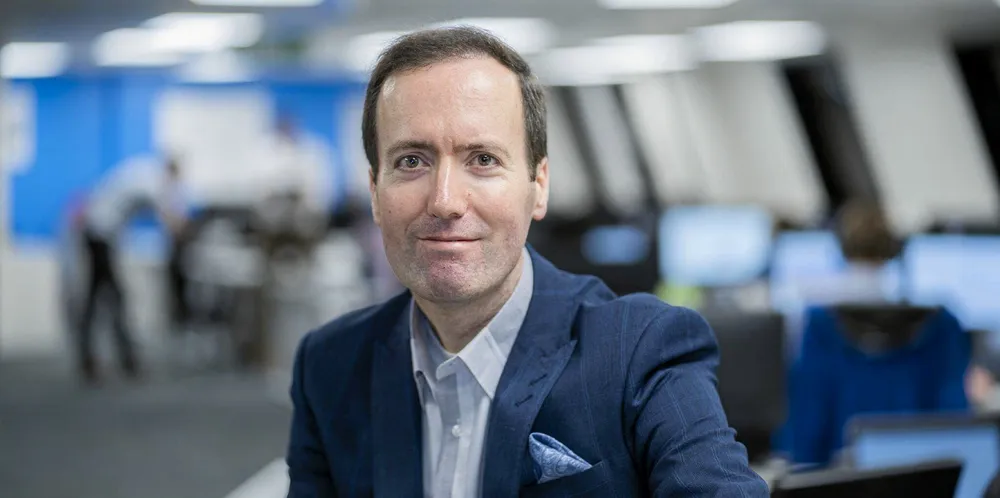Long-duration energy storage goes mainstream as Highview Power lines up ‘very high returns’ from 400MW of projects
The liquid-air storage pioneer may have 4GWh of firm projects around the world, but the market is not moving fast enough, chief executive Javier Cavada tells Leigh Collins
